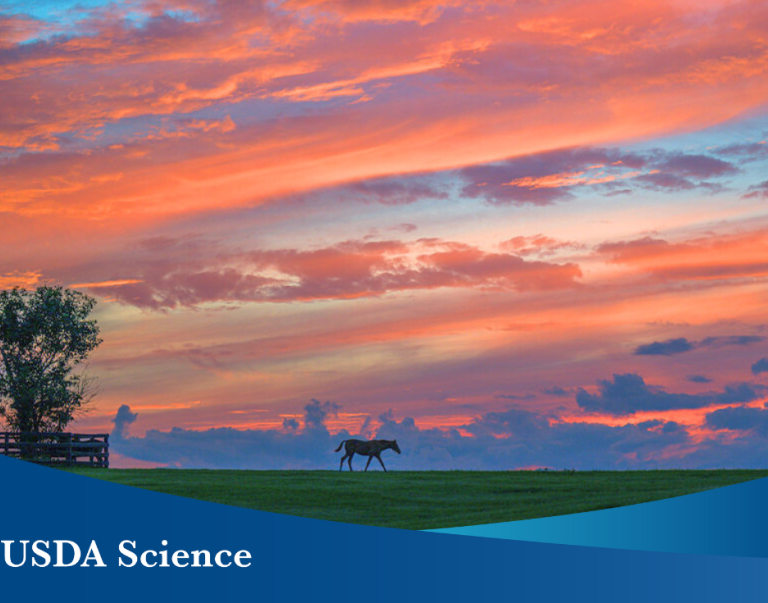
The Hayman Fire was the largest and most destructive wildfire in Colorado's history. On June 8, 2002, the fire began raging through the Pike National Forest, as well as state, county and private lands, burning a total of 137,760 acres.
Ten years plus one day later lightning sparked the state’s High Park Fire, located approximately 15 miles west of Fort Collins. Low humidity and high winds have stoked High Park to a size that could rival Hayman. It has destroyed more homes than any other wildfire in Colorado’s history. And today, the Waldo Canyon Fire just west of Colorado Springs, threatens even worse damage.
On the 10th Anniversary of the Hayman Fire, thousands of volunteers, community members, and advocacy groups that have helped in restoring the Hayman fire area are coming together to recognize the work that has been done to restore the landscape.
Much of the success of the restoration has occurred through the partnership launched three years ago by the National Forest Foundation (NFF) and Vail Resorts as part of the NFF’s Treasured Landscapes national conservation campaign. This three-year, $4 million project has brought special attention to watersheds especially hard hit by the fire that were struggling to recover. The Hayman Restoration Partnership, the state's largest public- private partnership, addresses the 45,000 acres of the most severely affected watersheds feeding into the Upper South Platte River.
Many volunteer organizations and community groups have donated thousands of hours to help the land recover. The Coalition for the Upper South Platte, Mile High Youth Corps and Rocky Mountain Field Institute have all been instrumental with assisting in emergency rehabilitation and long-term restoration efforts even before the fire burned out. Trained in field restoration techniques, youth crews have restored trails and roads that were producing sediment that ended up in the watershed’s streams and tributaries and they have installed erosion control structures in sub-drainages.
The Hayman area—the South Platte River watershed—serves as one of Colorado’s major water sources and the restoration of this area through philanthropic, community, business and government partnerships is critical to the state of Colorado.


